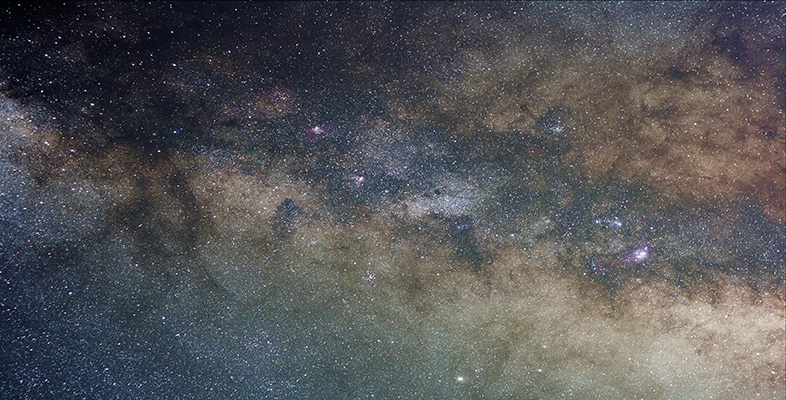7 course Summary
7.1 The spectra of galaxies
The spectrum of a galaxy is the composite spectrum of the objects of which it is composed.
The optical spectrum of a normal galaxy contains contributions from stars and HII regions. An elliptical galaxy has no HII regions and has an optical spectrum that looks somewhat like a stellar spectrum but with rather fainter absorption lines. A spiral galaxy has both stars and star-forming regions, and its optical spectrum is the composite of its stars and its HII regions (which show rather weak emission lines).
The widths of spectral lines from a galaxy may be affected by Doppler broadening due either to thermal motion or to bulk motion of the emitting material.
An active galaxy has an optical spectrum that is the composite of the spectrum of a normal galaxy and powerful additional radiation characterised by strong emission lines. The broadening comes from bulk motion of the emitting gas.
A broadband spectrum comprises radiation from a galaxy over all wavelength ranges. To judge a broadband spectrum fairly, it is necessary to use a λFλ plot on logarithmic axes which is called a spectral energy distribution (SED).
The SEDs of normal galaxies peak at optical wavelengths while the SEDs of active galaxies show emission of substantial amounts of energy across a wide range of wavelengths that cannot be attributed to emission from stars alone.
